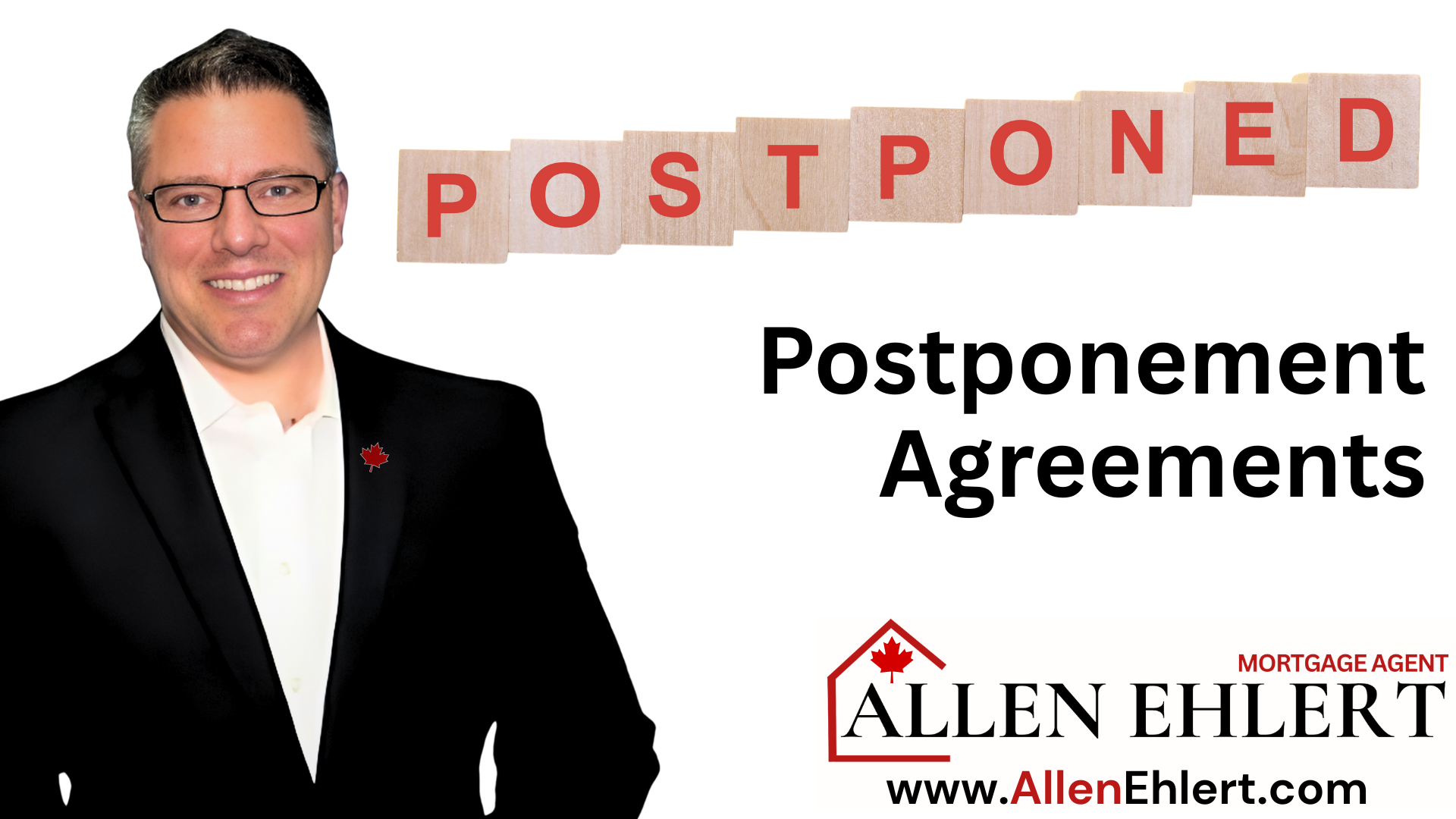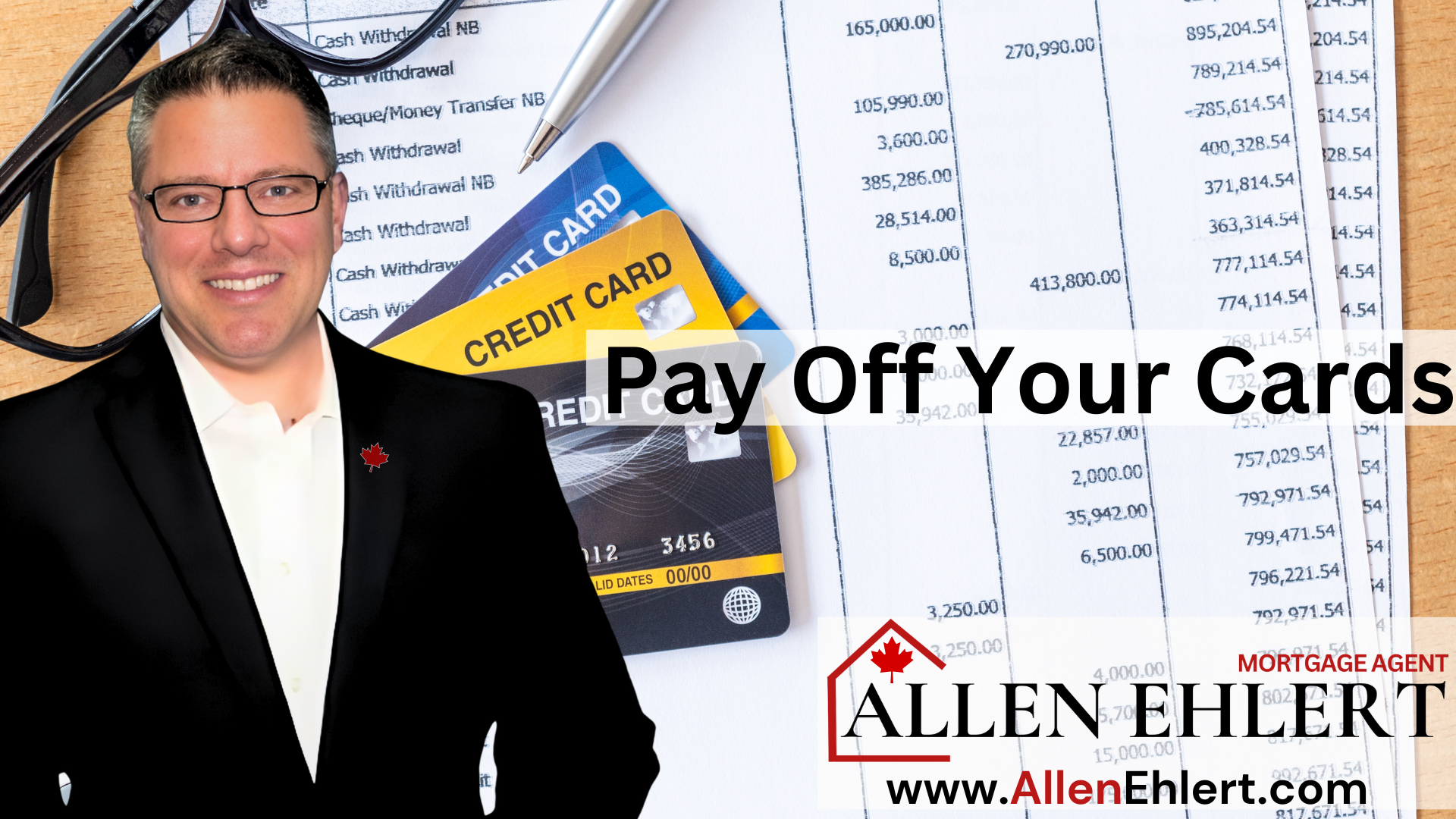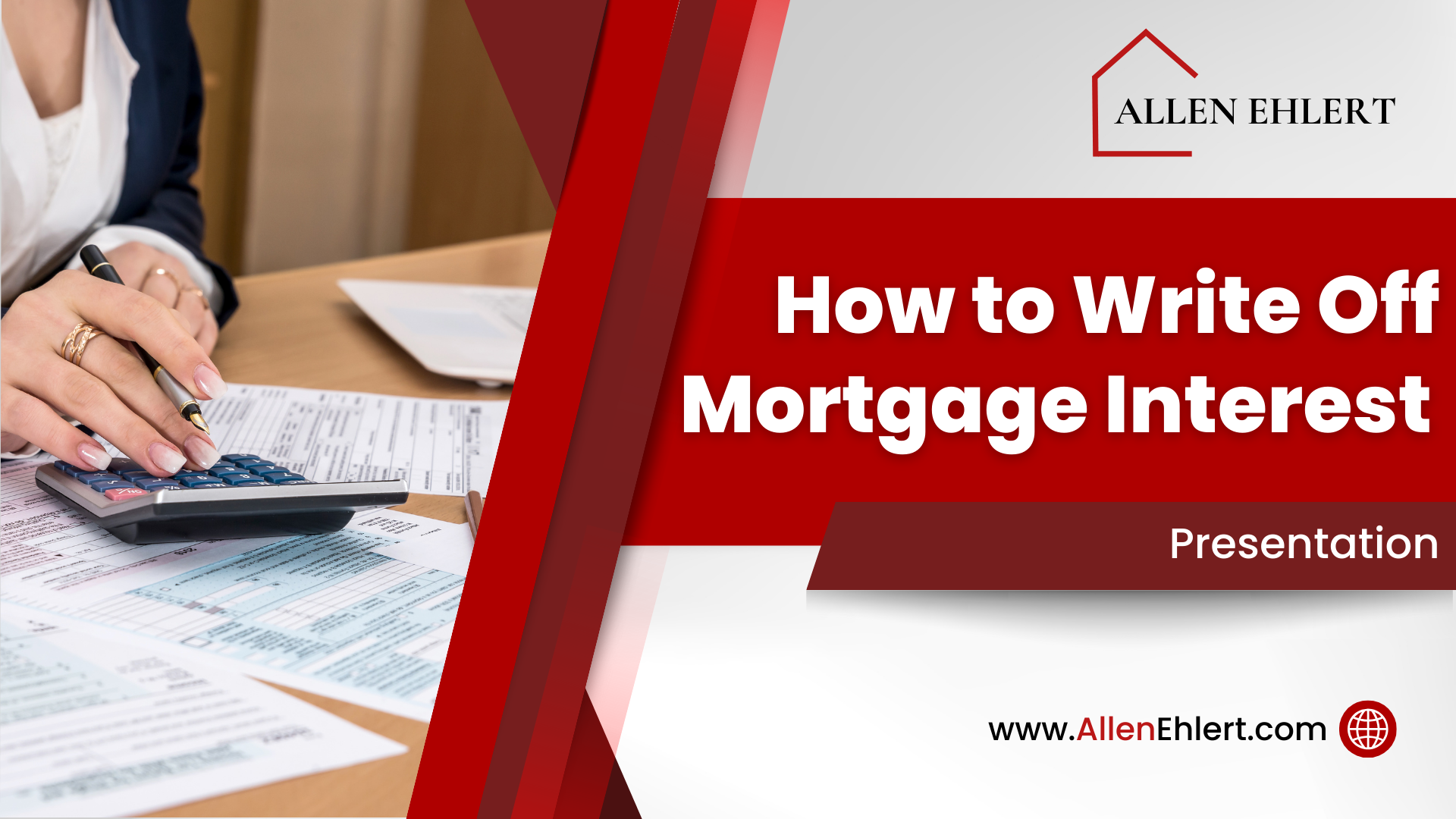When opting for a variable-rate mortgage, it’s important to have strategies in place to manage the potential fluctuations in interest rates and to maximize the benefits of this type of mortgage. In this article, let me give you 10 effective strategies to help you effectively manage your variable-rate mortgage:
Budget for Rate Increases
Make Extra Payments
Regularly Review Your Mortgage
Consider a Convertible Mortgage
Refinance if Necessary
Cap and Collar
Understand the Index and Margin
Optimize Payment Frequency
Stay Flexible
Professional Advice
1. Budget for Rate Increases
- Prepare for Fluctuations: Even though variable rates can be lower initially, they can fluctuate. Budget for potential increases to ensure you can comfortably make higher payments if rates rise.
- Emergency Fund: Maintain an emergency fund that can cover several months of mortgage payments in case of rate increases or other financial uncertainties.
2. Make Extra Payments When Rates are Low
- Principal Reduction: When interest rates are low, consider making extra payments. This reduces the principal faster and decreases the total interest paid over the life of the mortgage.
- Prepayment Privileges: Utilize any prepayment privileges in your mortgage agreement to make additional payments without penalties.
3. Regularly Review Your Mortgage
Stay Informed:
Keep an eye on market trends and economic indicators that influence interest rates.
Annual Check-ups:
Review your mortgage annually to see if it still aligns with your financial goals and the current economic environment.

4. Consider a Convertible Mortgage
- Flexibility to Switch: Some variable rate mortgages offer the option to convert to a fixed rate. This can be beneficial if you anticipate a long-term increase in interest rates.
5. Refinance if Necessary
- Refinancing Options: If interest rates rise significantly, consider refinancing your mortgage to a fixed rate or another variable rate with better terms.
6. Cap and Collar
- Interest Rate Caps: Some lenders offer a cap on how high your interest rate can go.
- Collar Rate: Similarly, a collar rate sets a minimum interest rate. These tools can provide some predictability in payments.
7. Understand the Index and Margin
- Index Awareness: Know which index your variable rate is tied to (e.g., LIBOR, prime rate) and understand how it behaves.
- Margin Factors: Be aware of the lender’s margin, as this affects the rate you pay above the index rate.
8. Optimize Payment Frequency
- Accelerated Payments: Consider opting for accelerated weekly or bi-weekly payments, which can reduce your principal faster than monthly payments.
9. Stay Flexible
- Adapt to Changes: Be prepared to adjust your financial strategies as market conditions change.
10. Professional Advice
- Consult Your Expert: Regularly consult with me to get tailored advice and stay informed about the best strategies for your situation.
By employing these strategies, you can better manage the risks associated with variable-rate mortgages and potentially save money over the term of your mortgage. Remember, the key is to stay informed, flexible, and proactive in managing your mortgage.












